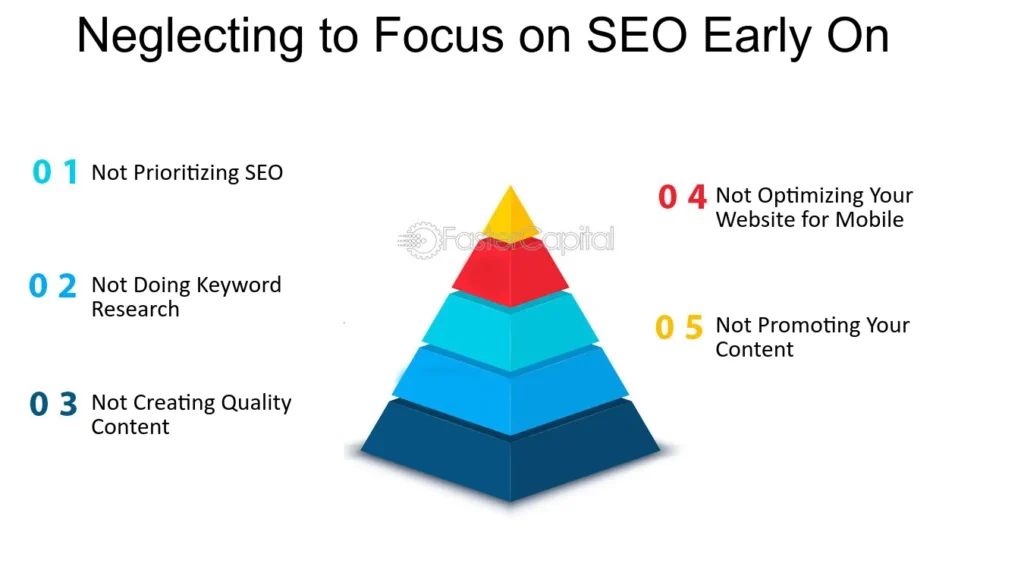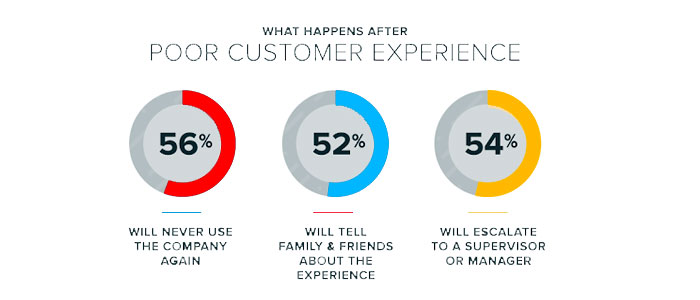Introduction
Running a successful ecommerce website requires more than just listing products and waiting for sales to roll in. It demands strategic planning, attention to detail, and a keen understanding of customer behavior. To help you navigate the complexities of online retailing and boost your bottom line, let’s explore five common mistakes that ecommerce website owners should avoid.
We're looking forward to start a new project
Let's take your business to the next level!
1. Ignoring Mobile Optimization
In the age of smartphones and tablets, optimizing your ecommerce website for mobile users is no longer optional—it’s imperative. Mobile commerce, or m-commerce, has been steadily gaining traction in recent years, with a significant portion of online shopping now conducted on mobile devices. Failure to cater to this growing demographic could mean missing out on a substantial chunk of potential revenue.

Here are some other consequences of ignoring mobile optimization:


2. Complicated Checkout Process
A cumbersome checkout process is the bane of any ecommerce website. Lengthy forms, mandatory account creation, and multiple steps can frustrate customers and drive them away before completing their purchase. Every additional hurdle in the checkout process increases the likelihood of cart abandonment, resulting in lost sales and revenue.

A convoluted checkout process often leaves customers feeling frustrated, resulting in abandoned carts. Here are key strategies to streamline the checkout experience:
Solution: Streamline your checkout process to make it as quick and painless as possible. Offer guest checkout options so that customers can complete their purchase without having to create an account. Minimize form fields and only ask for essential information. Provide multiple payment methods to accommodate different preferences, and offer clear progress indicators to guide users through each step of the checkout process.
3. Poor Product Descriptions and Images
Your product pages serve as virtual storefronts, enticing customers to make a purchase. However, many ecommerce websites make the mistake of using generic or lackluster product descriptions and images that fail to captivate shoppers. Without compelling content and visuals, customers may struggle to understand the value proposition of your products, leading them to look elsewhere for alternatives.

Here are some tips for writing effective product descriptions:
Solution: Invest time and resources into creating high-quality product descriptions and images that showcase your products in the best possible light. Write detailed and engaging descriptions that highlight key features, benefits, and use cases. Use high-resolution images and multiple angles to give customers a clear view of what they’re buying. Consider incorporating user-generated content, such as customer reviews and testimonials, to provide social proof and build trust with potential buyers.
4. Neglecting SEO
Search engine optimization (SEO) is the cornerstone of any successful e-commerce marketing strategy. Yet, many website owners overlook the importance of optimizing their site for search engines, resulting in poor visibility and limited organic traffic. Without a solid SEO foundation, your ecommerce website may struggle to compete for top rankings in search engine results pages (SERPs), making it harder for potential customers to discover your products.

Here are some strategies to ensure you don't neglect SEO for your ecommerce website:
Solution: Conduct keyword research to identify relevant search terms and phrases that your target audience is using. Optimize your product pages, category pages, and blog content with these keywords to improve your chances of ranking higher in SERPs. Pay attention to on-page SEO elements such as meta titles, meta descriptions, heading tags, and image alt text. Additionally, invest in link building and content marketing strategies to attract inbound links and improve your site’s authority in the eyes of search engines.
5. Inadequate Customer Support
Providing exceptional customer support is essential for fostering trust and loyalty with your audience. Unfortunately, many ecommerce websites fall short in this area, offering limited or subpar support options that leave customers feeling frustrated and undervalued. In today’s highly competitive marketplace, superior customer service can be a powerful differentiator that sets your brand apart from the competition.

Here are some strategies to ensure you provide exceptional customer support:
Solution: Invest in robust customer support channels to ensure that customers can easily reach out to you with questions, concerns, or feedback. Offer multiple contact options, such as live chat, email, and phone support, to accommodate different communication preferences. Train your support team to provide prompt and knowledgeable assistance, and empower them to resolve issues quickly and effectively. Additionally, consider implementing self-service options such as a comprehensive FAQ section or knowledge base to provide answers to common questions and reduce the burden on your support staff.
Conclusion
In conclusion, avoiding these common mistakes can help ecommerce website owners maximize their profit potential and create a positive shopping experience for their customers. By prioritizing mobile optimization, simplifying the checkout process, enhancing product descriptions and images, optimizing for SEO, and providing excellent customer support, you can position your ecommerce business for long-term success in a competitive online marketplace.
